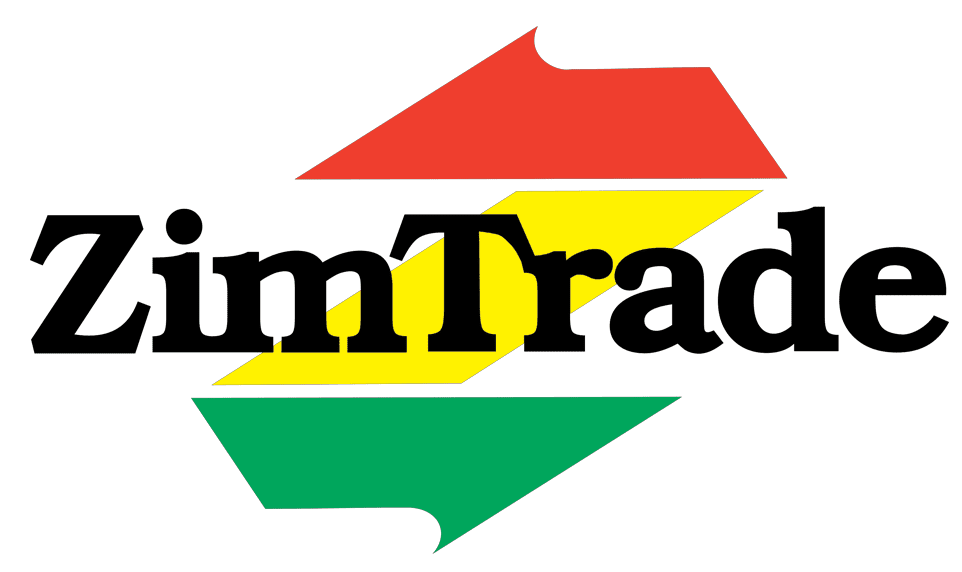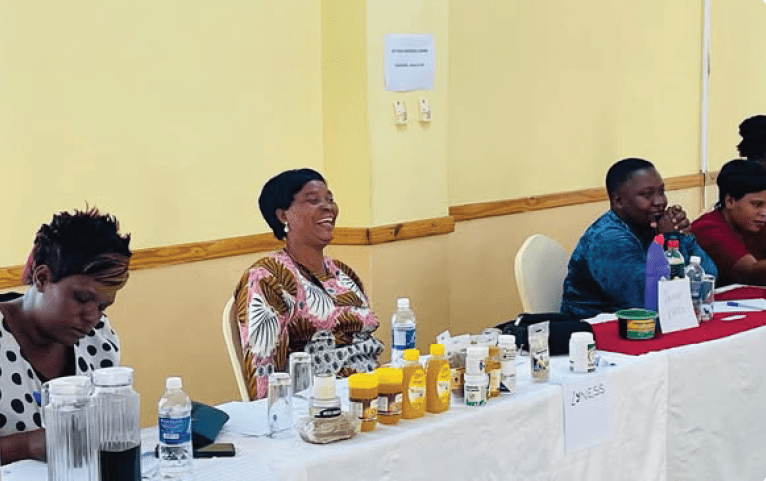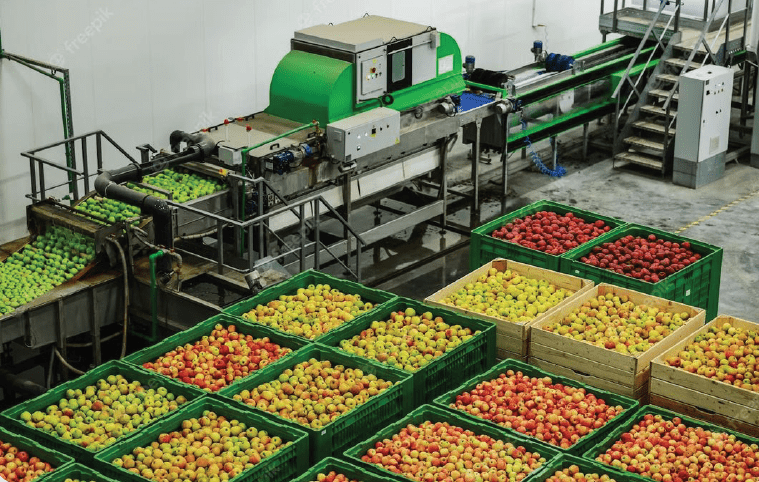A robust leather sector is crucial in boosting the generation of much-needed foreign currency, as well as creating employment opportunities in Zimbabwe.
A vibrant leather sector has direct positive spin-offs for Zimbabwe’s industrialisation drive, as well as efforts to improve the country’s Gross Domestic Product (GDP) growth, balance of trade, fiscal and foreign currency revenues and the general livelihood of communities.
According to the Africa Leather and Leather Products Institute (ALLPI), the global estimated trade value of the leather sector is over US$130 billion a year, which is six times the value of trade in meat, and this figure continues to grow.
This trade value shows that with the right support, the Zimbabwe leather sector has potential to set the country on a positive path towards sustainable economic growth, employment generation and poverty reduction.
The Zimbabwe Leather Strategy (2012-2017) reveals that the leather sector in Africa used to dominate the global market, with some countries being awarded first franchise to manufacture Nike products and other international brands such Adidas, Puma and North Star.
The strategy further stated that, until 2000, Zimbabwe used to produce more than 17 million pairs of shoes per annum, of which 4 million pairs had leather uppers. However, by 2011, shoe production had plummeted to 1 million pairs per annum.
On the demand side, Zimbabwe consumes approximately 14,3 million pairs of footwear per annum, made of leather, canvas, synthetics and plastic.
With current annual production estimated at 1million to 1,5 million pairs per year, it means that the bulk of the country’s footwear requirements are being imported.
According to statistics from the Reserve Bank of Zimbabwe, exports from the leather sector amounted to just under US$45 million in 2018, the bulk of which was from raw hides and skins, as well as exotic leather.
However, this figure could be much higher given the huge potential that exists for the country’s leather industry.
The sector currently employs more than 5 000 people and this number is expected to grow as capacity utilisation increases.
There are currently eight tanneries operating in the country, representing small-, medium- and large-scale players that produce wet blue and finished leather.
Most of the finished leather is used in the footwear industry, which has about 12 shoe manufacturers currently operating in the country.
Finished products for both the domestic and export market include footwear and leather products such as ladies’ hand bags, leather jackets, wallets and travelling bags.
The leather sector also makes a significant contribution to the tourism sector, where products such as belts made from elephant, buffalo, crocodile and ostrich skins are popular in tourist resort areas such as the Victoria Falls.
It is against this background of untapped potential and significant contribution of the leather sector to the economy that ZimTrade, the country’s trade development and promotion organisation, has been working with leading players to improve production efficiencies and quality of products.
ZimTrade has been providing technical intervention programmes aimed at repositioning Zimbabwe’s leather sector as one of the country’s leading exporters and foreign currency earners.
ZimTrade is also working with international players such as the Netherlands-based PUM and Solidaridad Network to capacitate some players in each node in the leather value chain so that they can act as a benchmark for the rest of the industry players.
Way forward
Although investment constraints have been affecting the development of the leather sector, Zimbabwe possesses enough human resources and land that can act as low-hanging fruits in repositioning the leather sector as an export giant.
To address foreign direct investment challenges in the leather sector, there is need to establish vibrant working groups which will look into the ease of doing export business, conduct a mapping exercise to ascertain the financial support in each of the nodes in the value chain and propose how these can be financed.
There is also urgent need to address animal husbandry challenges affecting the quality of hides to ensure Zimbabwean leather is competitive on the global market.
Currently, the sector is dominated by mostly small to medium enterprises and, therefore, there is a need for assistance in production techniques so that they can improve the quality of their products, especially focusing on finishing and stitching.
When the leather industry was at its peak, commercial livestock farmers used to supply the bulk of the hides and had good branding systems, which resulted in quality hides supplied to tanneries and ultimately top-quality leather produced for both the local and international markets.
According to Food and Agriculture Organisation of the United Nations, there is not much difference between the current cattle population of around 5,4 million and that of 5,2 million recorded in 1980.
The difference is in the severity of branding and branding techniques that have dominated cattle production, reduced the quality and value of leather in Zimbabwe.
Communal farmers, who own the largest number of cattle livestock, are more concerned about the security of their cattle and branding of the hide instead of recommended branding on the neck of the animal.
Thus, there is need for incentivising farmers so that they take good care of the hide as presently, the abattoirs where hides are separated from meat, are only focusing on the weight of the beast.
In addition, most current players in the sector are using outdated machinery that is not cost-effective and use more electricity.
Currently, ZimTrade has engaged ALLPI for a scoping exercise to ascertain the funding requirements for each node that will assist as potential investors in the sector are being engaged.
This scoping exercise will be part of the plan as they assist in the implementation of the sector strategy (2019-2023) which will be launched soon.
The assistance that can come from the Government in this regard includes offering special long-term affordable funding schemes specific to the sector, especially for tanneries which are the low-hanging fruits in the value chain.
The need for coordination by sector members is of importance as there is need to push relevant authorities to support the full operationalisation of the Zimbabwe Leather Development Council.
This will assist the lobbying of the sector’s position and funding, which is vital in the resuscitation of the once-vibrant sector.
Going forward, ZimTrade will continue capacitating the sector through its export development programmes, including the Marketing and Branding for International Competitiveness training, as well as facilitating sector members’ participation in regional and international trade shows.

Unlocking the China market for Zimbabwe’s fresh produce
By Gugulethu Mpofu (Opinion) ENCOURAGING SIGNALS are emerging from China






